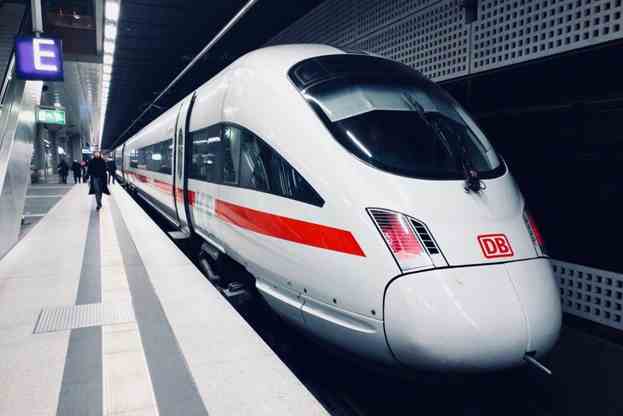Train Transfers To and From Podgorica Airport



Other Transfer Options
- local_taxi By Taxi Podgorica Airport Taxi
- directions_bus By Bus Podgorica Airport Bus
Podgorica Airport Train Transfers

To travel by train, you first need to walk for fifteen minutes and wait in a fairly lengthy line. It is recommended that passengers take other modes of transportation.
Podgorica may be reached in just 7 minutes while traveling there by train. On the official website of Montenegrin Railroads, you may look up the schedules for trains leaving and arriving at the airport.
The price of a one-way ticket is either €1.20 (second class) or €2 (first class) (first class). You will need to board the train and purchase your ticket from the conductor once you are on board. The prices mentioned above are subject to modification without prior notification.
You can also take trains to other cities and towns in Montenegro, such as Bar, Bijelo Polje, Niksic, and Sutomore, among many others.
Train service from Montenegro to Podgorica Airport (TGD) leaves from Podgorica and arrives at the airport. Railways of Montenegro (PCG) provides this service, departs from and comes to Podgorica.
The X-shaped rail network in Montenegro has its hub in the capital city of Podgorica. At the Podgorica Rail Station, the line to Shkodr, the line to Nikic, and the line between Belgrade and Bar all meet up.
The station can be found 1.5 kilometers (0.93 miles) southeast of the city's central business district. The Belgrade–Bar railway is Podgorica's most crucial railway link (both for passenger and freight traffic).
About Rail Transport in Montenegro
The network's total length is 250 kilometers, where 225 kilometers are electrified. It lies at a crossroads in the Montenegrin X-shaped rail network since it is the convergence point for three of the country's railway lines that make up the network.
Belgrade-Bar Railway. The railway between Belgrade and Bar is the most crucial part of Montenegro's overall rail network.
The Mala Rijeka viaduct, at the time the highest railway bridge in Europe, and the 6.2-kilometer-long Sozina tunnel helped make this railway cutting-edge when it opened in 1976. About a third of the railroad in Montenegro is underground or elevated on a viaduct or tunnel.
It is the first railway line in Montenegro to be electrified entirely, and it is located in the capital city. During the 1990s, the railway was consistently underfunded, which led to its deterioration and increased risk of accidents. The culmination of this was the Bioe train accident in 2006, in which a passenger train derailed, resulting in the deaths of 47 people.
The railroad is undergoing extensive reconstruction, and the work has already been finished on the portion of the railroad located at the railroad's northern terminus.
Nikšić-Podgorica Railway. The Niksic-Podgorica railway was initially constructed with a narrow gauge in 1948. Still, in 1965 it was converted to operate with a standard meter.
Since 1992, it has been used only for freight traffic, specifically the transport of bauxite from the Nik mine to the Podgorica Aluminum Plant. As a result, the maximum speed limit on the railway has been lowered to 30 kilometers per hour (km/h).
Between 2006 and 2012, the railroad underwent extensive reconstruction and was electrified; during this time, passenger service was also resumed. The operating speeds on this railway are currently in the range of 75 to 100 kilometers per hour (47 to 62 miles per hour).
Podgorica–Shkodër Railway. Since it was opened, the railway between Podgorica and Shkodr and continues to Tirana has been used solely for goods transportation. 1997 saw damage to components in Albania; nonetheless, the connection between the two countries was not repaired until 2002.
It is crucial for the interests of both Montenegro and Albania that the railway be reconstructed and that passenger traffic is introduced. Hence measures are currently being made to do so.
Only passenger train service connects Montenegro to Serbia at this time. The connection with Albania is only used for the transportation of freight. Since Yugoslavia was dismantled, there have been no railroad links between Bosnia, Herzegovina, and Croatia.
